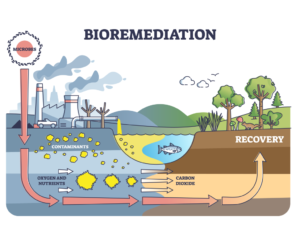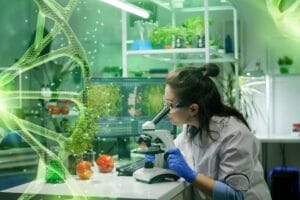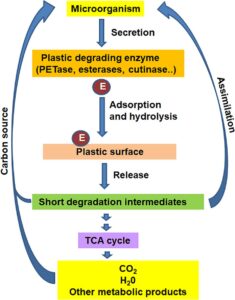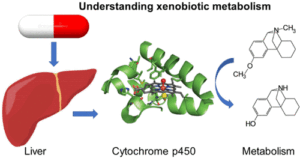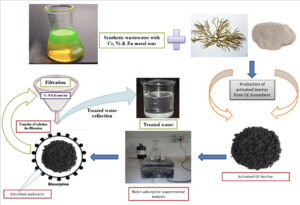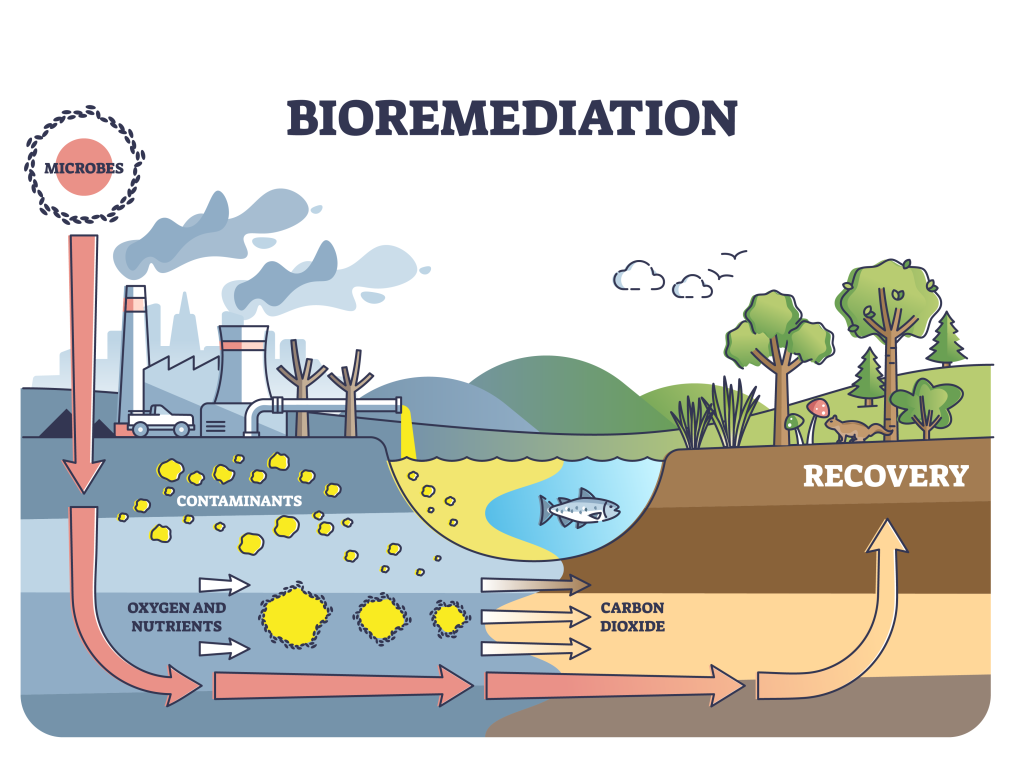
Advantages of Bioremediation
- Eco-Friendly:
- Bioremediation uses natural processes, making it less harmful to the environment compared to chemical or physical remediation methods.
- Cost-Effective:
- It is often cheaper than conventional methods like excavation or incineration of contaminated materials.
- Versatility:
- Can be applied to a wide range of contaminants, including hydrocarbons, heavy metals, pesticides, and industrial waste.
- In-Situ Application:
- Bioremediation can be performed on-site, reducing the need to transport contaminated material and minimizing disruption to the environment.
- Minimal Waste Generation:
- Unlike chemical treatments, bioremediation produces fewer by-products and secondary waste.
- Sustainable:
- Harnesses natural biological processes, promoting long-term sustainability and restoration of ecosystems.
- Safety:
- It is generally safer for workers and local communities as it avoids the use of harmful chemicals or high-energy processes.
- Enhances Soil and Water Quality:
- Improves soil fertility and restores the microbial balance in ecosystems, making it suitable for future use.
Limitations of Bioremediation
- Specificity of Microorganisms:
- Microbes or plants may be effective only for specific contaminants, limiting the broad applicability of certain techniques.
- Time-Consuming:
- The process is often slow, taking months or years to achieve desired results, particularly in cases of heavily contaminated sites.
- Dependence on Environmental Conditions:
- Factors like pH, temperature, oxygen levels, moisture, and nutrient availability significantly influence the success of bioremediation.
- Incomplete Degradation:
- Some contaminants may not be fully broken down, leaving behind toxic metabolites or intermediates.
- Limited to Biodegradable Pollutants:
- Non-biodegradable or recalcitrant compounds, such as certain heavy metals and complex synthetic chemicals, cannot be effectively treated.
- Unpredictable Outcomes:
- Variability in microbial activity and environmental conditions can lead to inconsistent results.
- Risk of Secondary Contamination:
- Some processes may release by-products that could cause secondary pollution if not properly managed.
- Scale Limitations:
- Bioremediation may not be effective for large-scale contamination or in cases where pollutants are present in high concentrations.
- Regulatory Challenges:
- The introduction of genetically engineered microorganisms (GEMs) for bioremediation may face regulatory hurdles and public concerns.
- Monitoring and Control:
- Requires ongoing monitoring to ensure effectiveness, which can add to costs and complexity.
Despite its limitations, bioremediation remains a promising, environmentally friendly technology for addressing pollution. Improvements in biotechnology and genetic engineering continue to expand its scope and effectiveness.

